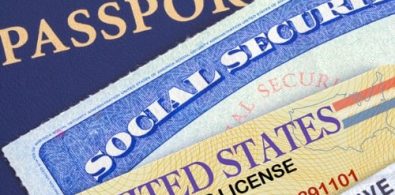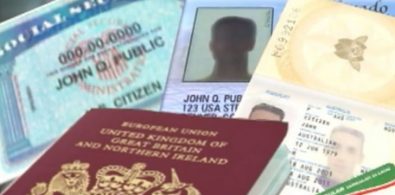In Florida, the list of acceptable IDs includes the following. These IDs must be current or issued within the past five years and include a serial or other ID number:
- A Florida identification card or driver’s license
- A U.S. passport
- A foreign passport if it is stamped by the United States Bureau of Citizenship and Immigration Services
- Another state driver’s license or identification card issued by a U.S. state or a territory of the United States
- A Canadian or Mexican driver’s license or an identification card
- An identification card issued by any branch of the armed forces of the United States
- A veteran health identification card issued by the United States Department of Veterans Affairs
- An inmate identification card issued on or after January 1, 1991, by the Florida Department of Corrections for an inmate who is in the custody of the department
- An inmate identification card issued by the United States Department of Justice, Bureau of Federal Prisons, for an inmate who is in the custody of the department
- A sworn, written statement from a sworn law enforcement officer that the forms of identification for an inmate in an institution of confinement were confiscated upon confinement and that the person named in the document is the person whose signature is to be notarized
- An identification card issued by the United States Bureau of Citizenship and Immigration Services
Florida notaries may notarize a signature on a document if they personally know the signer. The term “personally knows” means having an acquaintance, derived from association with the individual, which establishes the individual’s identity with at least a reasonable certainty. Be cautious when considering the use of this form of identification.
In the event that your signer does not own acceptable identification and you do not have personal knowledge of their identity, the state authorizes an alternative called credible witness identification, using either a Single Credible Witness Affidavit or a Double Credible Witness Affidavit two alternatives; that is, using one of two sworn written statements of “credible witnesses.” First, the notary should put the credible witness(es) under oath and execute the correct affidavit, either the Single Credible Witness Affidavit or the Double Credible Witness Affidavit, depending on the following circumstances:



